In June 2019, we saw the introduction of the brand new Mac Pro, which immediately fit the role of the most powerful Apple computer on the market. This model is intended exclusively for professionals, which corresponds to its capabilities and the price, which in the best configuration is around 1,5 million crowns. An extremely important feature of the Mac Pro (2019) is its overall modularity. Thanks to it, the model enjoys quite solid popularity, as it allows users to change individual components, or even improve the device over time. But there is also a small catch.
It could be interest you
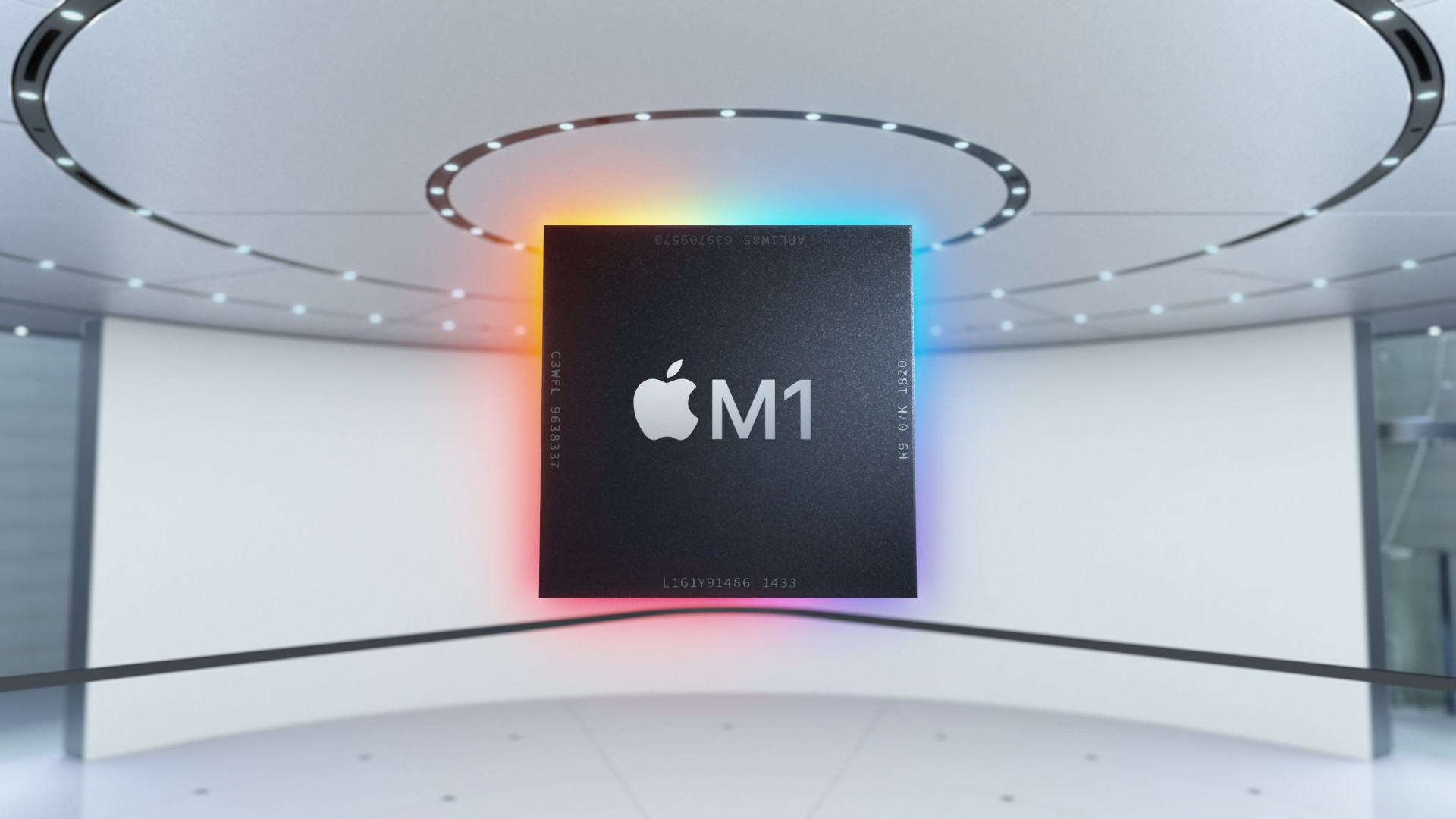
A year later, Apple unveiled one of the most important projects related to the Mac family of products. We are, of course, talking about the transition from Intel processors to Apple's own Silicon solutions. The giant promised higher performance and significantly better energy efficiency from the new chipsets. These characteristics were demonstrated very soon with the arrival of the Apple M1 chip, which was followed by the professional versions M1 Pro and M1 Max. The pinnacle of the entire first generation was the Apple M1 Ultra, powered by a small but incredibly powerful Mac Studio computer. At the same time, the M1 Ultra chip concluded the first generation of Apple chipsets for Mac computers. Unfortunately, the mentioned Mac Pro, which in the eyes of fans is the most important device with which Apple has to prove its capabilities, has somehow been forgotten.
Mac Pro and the transition to Apple Silicon
The Mac Pro is getting a lot of attention for a fairly simple reason. When Apple first revealed the transition to its own Apple Silicon chipset, it mentioned an extremely important piece of information – the entire transition would be completed within two years. At first glance, this promise was not fulfilled. There is still no Mac Pro with its own chipset available, but on the contrary, the latest version is still being sold, which has been on the market for almost 3 and a half years. Since its introduction, this model has only seen an expansion of options within the configurator. But no fundamental change came. Even so, Apple can claim that it more or less made the transition on time. He covered himself with a simple statement. When he introduced the M1 Ultra chip, he mentioned that it is the last model from the first generation M1. At the same time, he sent a clear message to apple lovers – Mac Pro will see at least the second M2 series.

There is quite a lot of talk among Apple fans about the arrival of the Mac Pro with Apple Silicon. In terms of performance and options, it will be checked whether Apple Silicon is really a suitable solution that can easily drive even the best computers. This is partly demonstrated by Mac Studio. Given the importance of the expected Pro model, it is not surprising that various leaks and speculations about the development of the Mac Pro or the corresponding chipset often run through the Apple community. The latest leaks mention quite interesting information. Apple is apparently testing configurations with 24 and 48-core CPUs and 76 and 152-core GPUs. These parts will be supplemented with up to 256 GB of unified memory. It is clear from the outset that the device will definitely not lack in terms of performance. Nevertheless, there are certain concerns.

Potential shortcomings
As we mentioned in the beginning, the Mac Pro is designed for professional users who need uncompromising performance. But performance is not its only benefit. The very key role is played by the modularity itself, or the possibility, thanks to which each user can change the components and quickly improve the device, for example. But such a thing is completely absent in the case of computers with Apple Silicon. Apple Silicon chipsets are SoCs or System on a chip. Components such as the processor, graphics processor or Neural Engine are thus located on a single piece of silicon board. In addition, a unified memory is also soldered to them.
It could be interest you
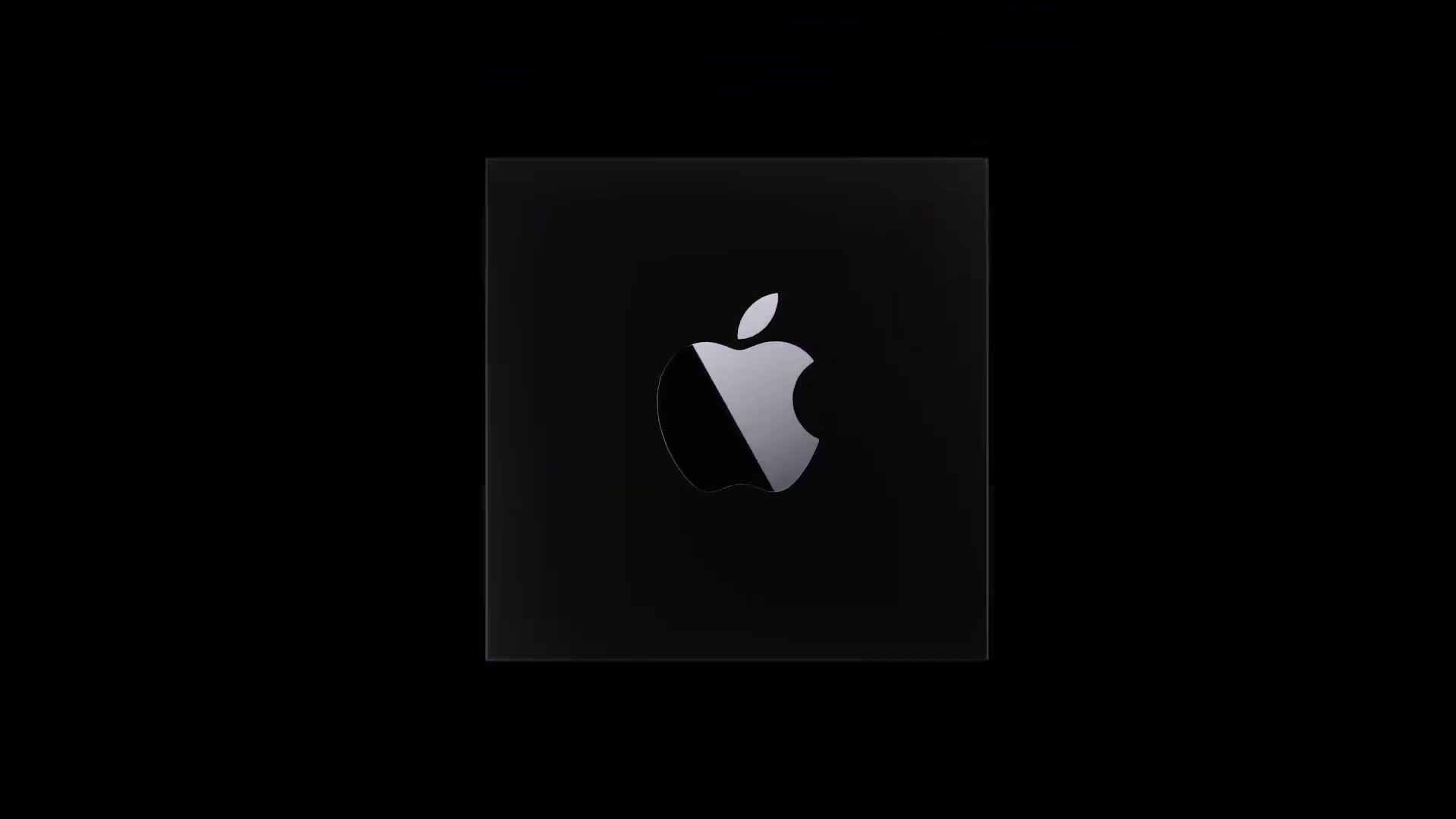
So it is more or less clear that by switching to a new architecture, Apple users will lose modularity. Fans expecting the arrival of a Mac Pro with Apple Silicon chips are therefore wondering why the Cupertino giant has not actually presented this device yet. The most common reason is estimated to be that the apple giant is slower in completing the chip itself. This is quite understandable considering the professionalism and performance of the device. A big question mark also hangs over the date of the performance, which according to speculation and leaks has already been moved several times. Not long ago, fans were sure that the reveal would take place in 2022. However, now it is expected to arrive in 2023 at the earliest.
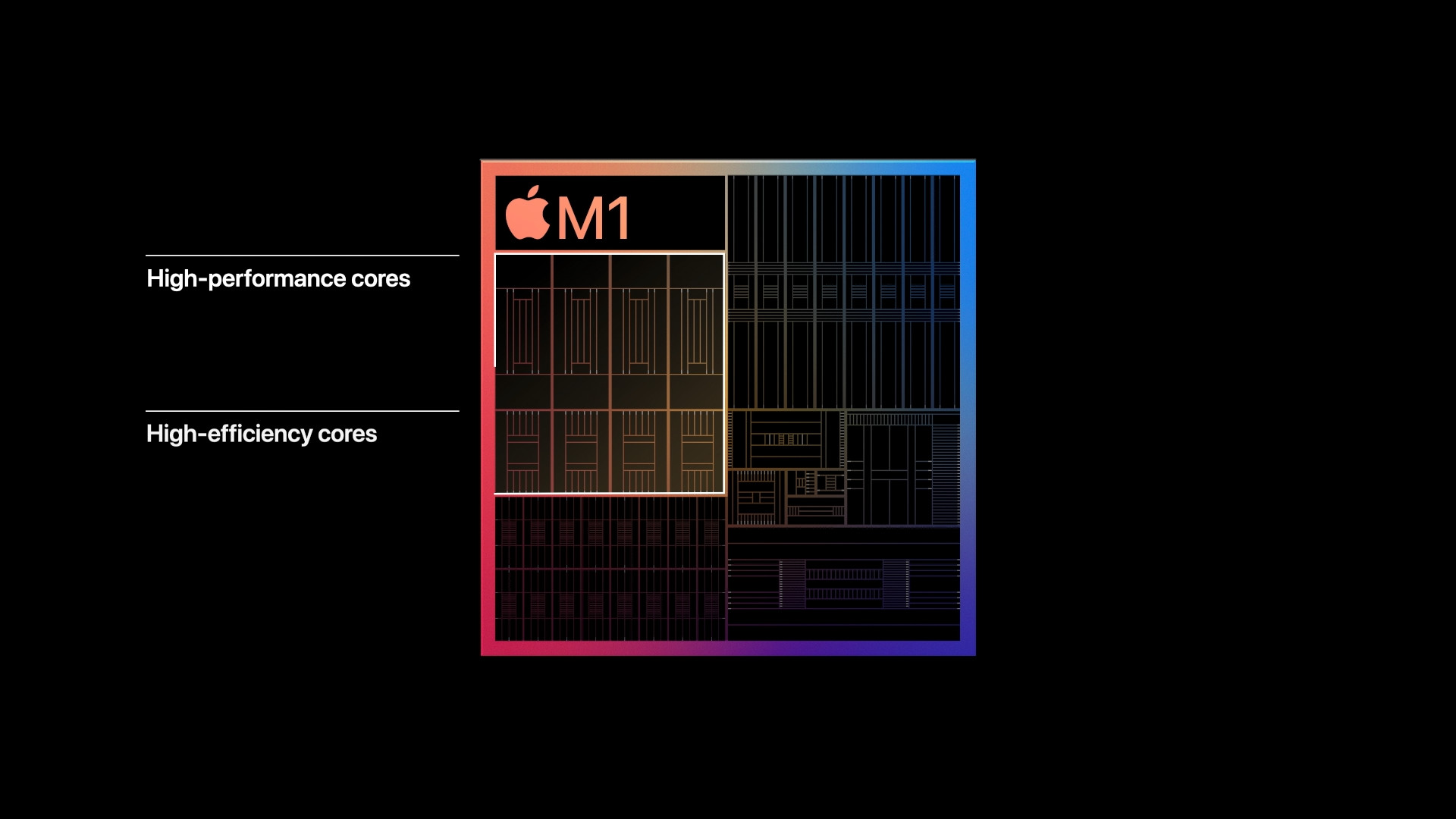

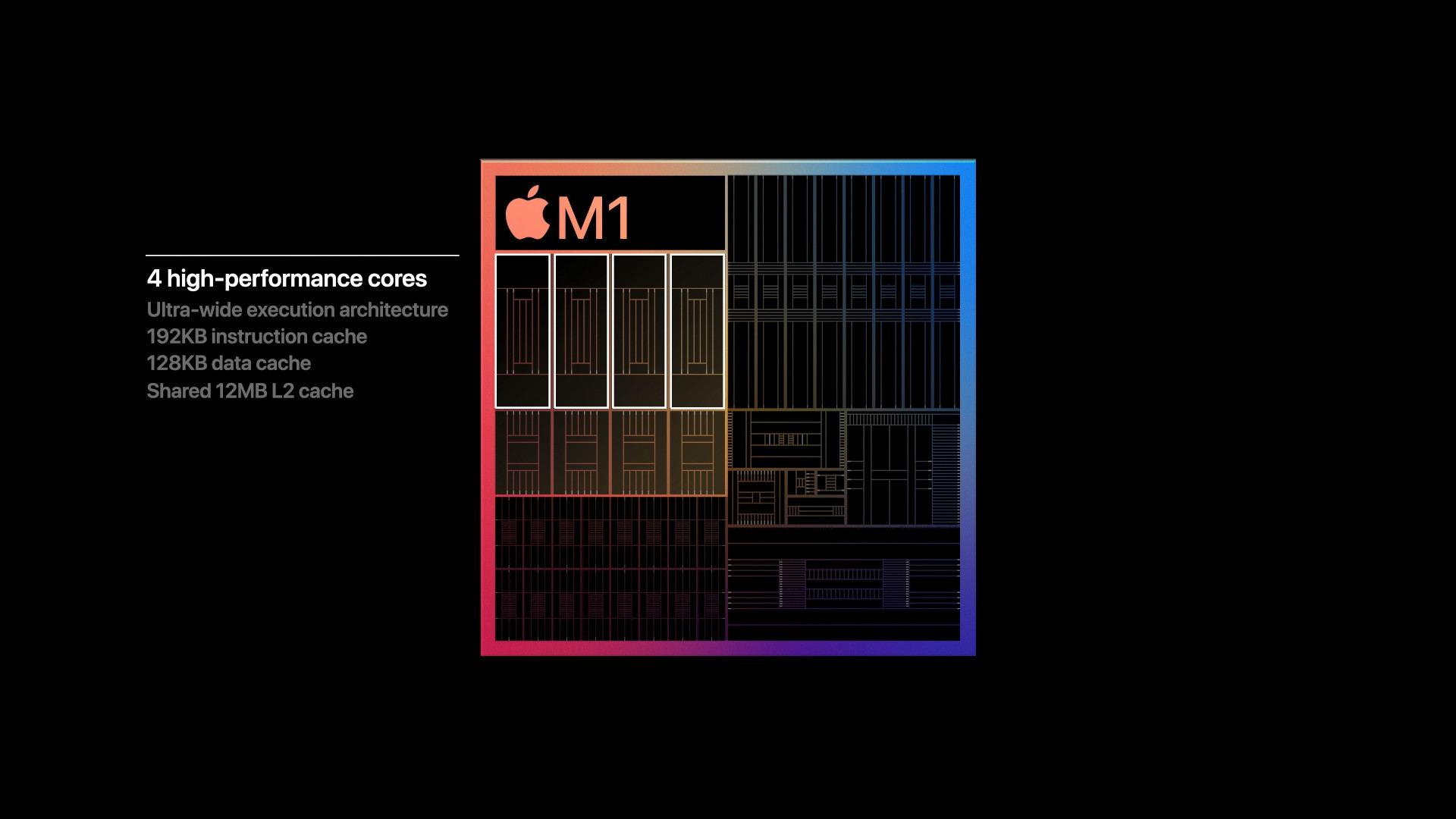


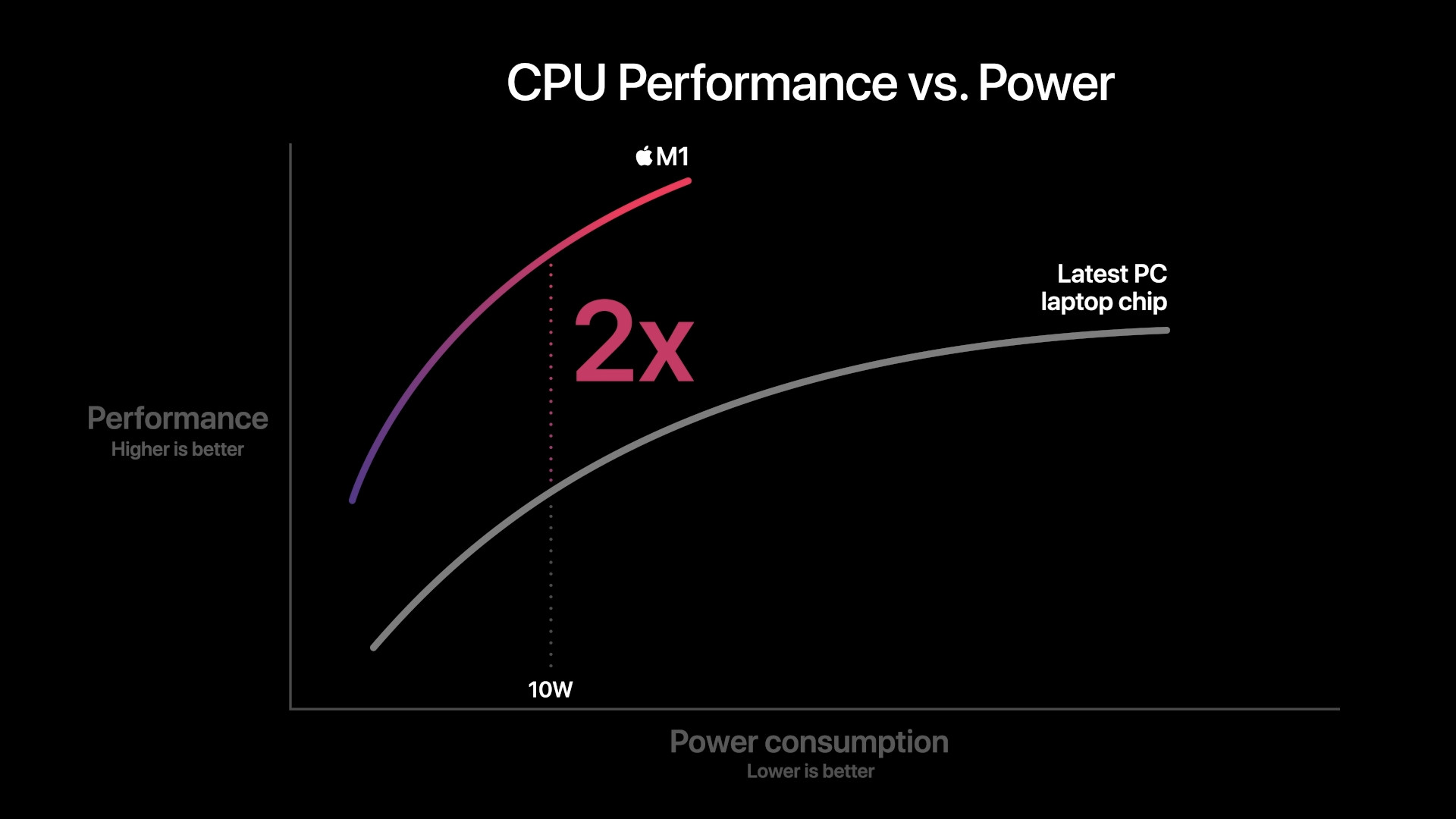
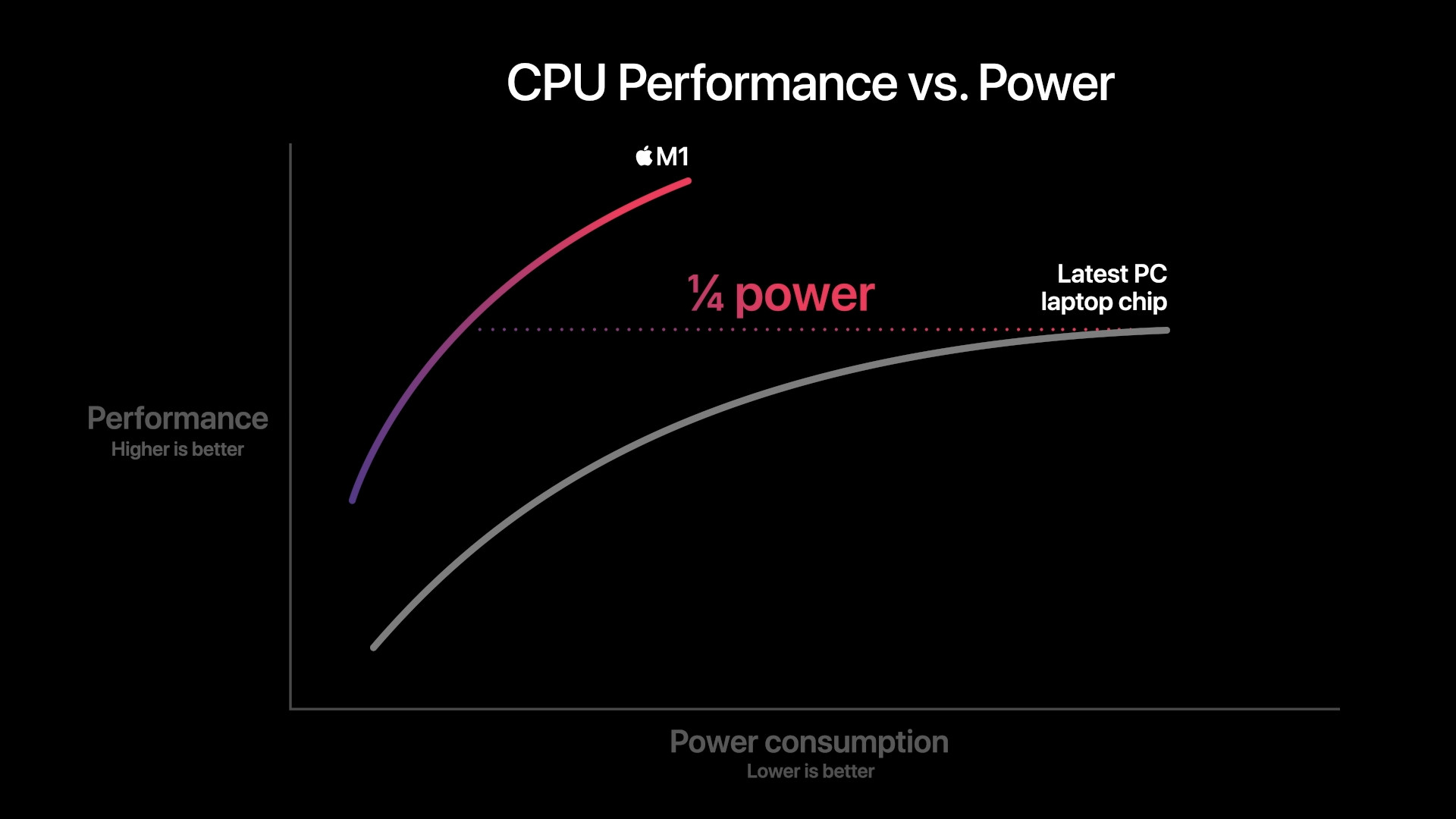

The replacement is currently not only for the Mac Pro, but also for the iMac 27″, iMac Pro.
And the obstacle is not only the non-modular concept, but also the fact that this segment does not deal with energy efficiency, but with gross maximum performance, price and return...